N-1wsletter #17: Sub-1kg XC wheels, a bonkers “stock” frame program, and a cheap way to theft-proof your gear
The bike industry may still be in a post-COVID slump, but you’d hardly know it by the volume of new tech this week.
Featured in this week’s (massive) tech round-up:
Roval pushes the envelope with new XC race wheels…
…and Specialized unveils speedy new XC tires to match.
Industry Nine debuts its Hydra2 hubs with improved durability.
Silca and Specialized want everyone to wax their chains.
Seven Cycles announces an astonishingly broad range of semi-custom bikes.
A new hydration pack from… Velocio?
Hammerhead builds a third-party app library.
Prevelo’s new kid bikes are brilliantly clever.
Old Man Mountain releases its first-ever cargo cage (and some other stuff to go with it).
OneUp Components hits a speed bump.
Smith releases the third-generation Forefront trail helmet.
A cheap way to theft-proof your components.
A review of Farr’s new super-burly computer mount.
Is anyone else feeling like it’s been a long winter? The first official day of spring and the associated time change are just a few days away for many of us in the northern hemisphere, and while I know second, third, and fourth winter are still looming on the horizon as is usually the case here in the Rocky Mountains (I’m not pulling the snow tires off of the car just yet), the days have nevertheless already grown noticeably longer, the air is consistently warmer, and my irises are starting to show signs of life again.
More importantly, I no longer have to wonder if my favorite gravel routes are still covered in ice or snow, and a couple of recent trail rides have confirmed that we’re in that magical 4 1/2-day period in Colorado where the dirt actually has some real grip and is neither peanut butter nor kitty litter. Mornings are still chilly, but that midday sun just feels oh-so-good. Much to my dermatologist’s chagrin, I’m sure, I’ve even already managed to get the slightest hint of a tan line.
How else do I know spring is in the air? Well, the air – warm air, that is – is obviously one big sign, but the mountain of tech news that’s flooded my inbox over the past few days is another one. I’ve been enjoying my time on the skis and fat bike this winter, but I’m most definitely ready for spring, and it seems the bike industry is ready for the season to get going, too.
My calendar is already looking pretty jam-packed for both March and April, and while part of that includes taking my kid out to Universal Studios in Los Angeles for a few days (any parents out there got any tips???), it’s mostly bike-related stuff: a multi-brand launch in Europe, a few factory tours, the Sea Otter Classic, and so on. The bike industry has obviously been having a tough time from the post-COVID slump, but it seems like some brands are almost just willing the recovery to happen already.
Without further ado, let’s get into it, because there’s a long list this time around.
In the news
Roval’s new Control World Cup wheels are crazy light
Cross-country is alive and well, and I am so here for it. And holy crap, are Roval’s new Control World Cup cross-country race wheels insanely light with a claimed weight of just 998 g – for the pair.
The carbon fiber rims sport shallow triangular profiles front and rear, and supposedly an unusually low number of plies to help bring the claimed weight down under 350 g apiece. Despite the super-low weight, they’re still a generous 28.5 mm-wide internally for use with the higher-volume tires more typically in use these days, the hookless rim edges are 4 mm-thick to help ward off pinch flats, and Roval claims the Specialized factory team somehow spent all of last season on these without breaking a rim.
Further helping to shed weight are just 20 carbon fiber spokes per wheel with titanium ends, special “ultralight” rim tape and extra-minimal valve stems, and low-profile aluminum hubs based on DT Swiss’s flagship 180 model. Rear hub engagement speed from the DT Swiss EXP driver body is a modest 10° – not super-fast for a trail bike, but most likely plenty for typical XC racing situations. One neat detail is the rims’ asymmetrical profile and the geometry of the hubs are such that a single spoke length is used throughout.
Roval’s claims about the ultra-low weight and surprising durability are intriguing enough, but I’m almost more curious about the mention of “optimal compliance,” particularly since every other wheelset I’ve ridden with carbon spokes (regardless of discipline) ride rather firmly. Maybe I’ll find out sooner than later? TBD.
Either way, the Roval Control World Cup is about as expensive as you’d expect, with a retail price of US$3,000 / £TBC / €2,950 / AU$4,800 and the same lifetime warranty and no-questions-asked crash replacement policy as Roval’s other wheels.
Specialized announces its “lightest, fastest, and most durable” XC tires ever, and adds a lower-cost Phenom 3D-printed saddle
Specialized’s Renegade and Fast Trak tires have been two of my all-time favorite pure cross-country treads over the years, and the company has just released two updated versions that sound mighty promising.
The Renegade name has seemingly been abandoned in favor of the less-evocative Air Trak moniker, but it features a similarly tight array of low-profile rhomboid-shaped center knobs in Specialized’s higher-rebound T5 compound for lower rolling resistance, combined with progressively taller transition and shoulder knobs in the softer T7 rubber formula for reasonable cornering traction. The speediest versions are built with a new “Flex Lite” 60 TPI nylon casing, with an optional Grid Lite casing available for riders that need a bit more sidewall protection. Specialized bills the Air Trak specifically for hardpack, but I’ve run Renegades out back even on trail bikes over the years in mixed conditions with plenty of success, so I suspect it’ll be more versatile than claimed.
Available widths range from 2.2-2.35” – in 29” diameters only – and weights range from just 575 g to 680 g. Retail price for all variants is US$65 / £40 / €50 / AU$80.
Alternatively, the updated Fast Trak is designed for “all conditions” with a more open – but still quite low-profile – tread pattern better suited for looser ground. The center knobs are taller and spaced a bit further apart as compared to the Air Trak, and the transition and shoulder knobs are taller still, both with “block in block” shapes that promise increased grip under load by multiplying the number of biting edges available.
Like the Air Trak, Specialized is building the Fast Trak with T5/T7 dual-compound rubber compounds, and a choice between the more speed-focused Flex Lite casing or the moderately toughened Grid Lite casing with more sidewall protection. Either way, Specialized says the new Fast Trak drops 55-110 g per tire as compared to the outgoing version.
Available widths range again range from 2.2-2.35” (again, in 29” diameters only), and claimed weights range from 605 to 690 g. Retail price is identical to the Air Trak at US$65 / £40 / €50 / AU$80.
I’ve got samples of both tires inbound for review. Time to hit the dirt!
Also launching from Specialized this week is the new Phenom Pro with Mirror mountain bike saddle, which uses the same full-length shape and 3D-printed top as the current S-Works Phenom, but with hollow titanium rails that should be more tolerant of abuse than the flagship’s molded carbon fiber ones.
Specialized is offering the Phenom Pro with Mirror in 143 and 155 mm widths, with respective claimed weights of 262 and 267 g, both with a retail price of US$325 / £TBC / €320 / AU$500.
Industry Nine redesigns its popular Hydra hubs
We can all probably thank Industry Nine for popularizing ultra-fast rear freehub mechanisms, with its Hydra range offering an incredibly tiny 0.52° of free rotation before the pawls engage (and yes, folks, I’m well aware of Onyx – and even Stealth – clutch-type hubs; I said “popularizing”, not “inventing”). Hydra hasn’t been without its issues, though.
The fundamental issue with Hydra seems to be its inherently asymmetrical loading. Whereas most modern pawl-type hubs using opposing pairs of pawls to transmit power, Hydra is based on just one pawl engaging initially, with subsequent pawls joining the party as the system flexes under load. This creates bending stresses on the axle, though, and while that sort of off-axis stress hasn’t created major issues for most Hydra users, that unfortunately hasn’t been the case for everyone, and it doesn’t take a ton of internet sleuthing to find a whole bunch of broken Hydra axles.
Industry Nine has just announced a significantly updated Hydra2 range that aims to address those issues, including a “65% thicker” aluminum axle, bigger 6903 cartridge bearings in the hub shell, a new axle design that promises more consistent bearing preload, bigger-diameter pawl pockets in the freehub body to help distribute loads over a larger surface area, twin-tooth instead of single-tooth pawls, and new labyrinth and contact seals that promise better weather resistance.
As a nice bonus, Industry Nine says those changes – which are primarily intended to boost durability – have also yielded even faster engagement speed (from 0.52° to 0.41°) as well as “60% less coasting drag” than before. Despite the beefed-up internals, claimed weights have only climbed less than 10 g per pair, up to 449 g for a set of Boost-spacing six-bolt mountain bike hubs and 416 g for Center Lock.
“With Hydra2 we directly addressed the asymmetrical loading and shear loads on the bearings and axle by increasing the number of points of engagement on the hubs from 690 to 870,” Industry Nine vice president Jacob McGahey told me. “This was done to reduce the movement/flex required for the subsequent pawls to engage under load. Higher engagement is an added benefit but wasn't the primary reason for the change. Under loaded torque testing the bearings do not show a significant increase in friction [which is] indicative of the limited flex in the Hydra2 design. This also makes Hydra2 more efficient under pedaling loads. Under long-term fatigue testing Hydra2 outperforms any hub we have ever produced and we feel confident it will provide trouble-free performance for riders. The goal with Hydra2 was to produce a bombproof hub capable of handling everything up to full-power e-bike applications without compromising the performance for traditional trail, enduro, and DH bikes.”
Industry Nine will implement the changes across its entire range of bare hubs and pre-built wheelsets, as well as for OEM customers that use Hydra hubs with their own rims. Industry Nine unfortunately doesn’t have any specific plans in place to upgrade customers who may have had longstanding and/or repeated issues with earlier-generation Hydra hubs, but it sounds like there may still be options.
“We don't have a replacement policy for original Hydra owners,” McGahey told me. “However, if any customers are having recurring issues with Hydra we encourage them to reach out to our customer service team. We will work with them to try and find a solution to provide them with a trouble-free riding experience.”
Silca and Specialized team up for chain wax service centers
Nope, didn’t have this one on my bingo card.
Silca has evolved in recent years from one of the best-known brand names in tire inflation to a leader in chain lubrication, particularly when it comes to wax-based lubes. Silca further bolstered its wax repertoire last year with a new Chain Waxing System digital heating station and several additives, but now it’s making a big move in terms of its retail footprint.
Effective immediately, all retail locations that are directly owned by Specialized are now “Silca Chain Wax Service Centers,” equipped with the full gamut of Silca chain waxing hardware and consumables, along with training so shop employees know how to use it all.
“Partnering with Silca aligns perfectly with our commitment to providing our customers with the highest quality products and services,” said Specialized’s director of merchandising, Chris Rosser, via press release. “The Silca Chain Wax Service is more than just an upgrade; it’s a way to help riders unlock the full potential of their bikes. Waxed chains extend the lifespan of drivetrain components and require less frequent cleaning and maintenance. For cyclists, this means more time spent riding and less time worrying about upkeep.
“By offering this service, we’re not only enhancing the riding experience but also simplifying maintenance routines, ensuring every rider can enjoy their investment to the fullest.”
Unless those Specialized stores plan to intentionally undercut the cost of those wax services relative to the norm, I don’t think this will have much of a negative effect on independent retailers that already offer similar services. But even for riders and regions where waxing isn’t always the best solution, spreading more information about where it’s good – and maybe also where it isn’t – along with how to correctly implement it seems like a good thing.
Seven Cycles announces an intriguing semi-custom frame program
It’s become pretty commonplace these days for custom bike brands to offer a range of stock geometries, partially because not everyone needs a bespoke fit, but also because it dramatically cuts down on production times and costs, which means the brand can get more bikes under more people with lower financial barriers to entry.
Seven Cycles has been in the custom titanium game for nearly 30 years now, and so it should come as no surprise that it offers stock geometries, too. But what’s more shocking about its program is its massive scope. Its new Rider-Ready range comprise 16 models (“including gravel, allroad, road, adventure, hardtails, bikepacking, and more”), up to 36 sizes (per model, not total), three different titanium tubesets, three different stiffness levels, as much or as little tire clearance as you could want, and a ton of finish and build kit options – all from a “stock” build.
Even better, Seven Cycles is saying framesets can be delivered in just one week, while complete bikes can be had in just 3-5 weeks from the time the order is finalized. The prices are also astonishingly reasonable all things considered, with titanium framesets (with a full-carbon fork) starting at US$3,580 – and yep, Seven is still making all of these in-house start-to-finish at its facility in Watertown, Massachusetts.
A quick word on those “36 sizes”: Seven hasn’t gone nuts with ultra-fine gradations between the different sizes here. Instead, think of it more like up to 12 sizes that cover a super broad range of rider heights, each with three distinct stack-and-reach variants to suit different rider proportions and preferences. Even so, that’s an incredible range that’s only possible because none of those frames require a dedicated mold.
I haven’t ridden a Seven since I had the company build me a custom Evergreen Pro titanium-and-carbon fiber all-road bike ten years ago. Maybe it’s time for a revisit.
Velocio gets into the hydration pack business
Need more evidence that gravel racing is getting increasingly mainstream? Velocio – yep, the clothing brand – just got into the hydration pack business with a new vest-style pack that’s clearly aimed at gravel riders racing for a finish line (as well as “single-day, long-distance adventures” and “multi-day mountain stages”).
The simply named Hydration Pack features a close-to-body design for minimal movement, with two available sizes and stretch materials to help facilitate a snug fit. The main compartment is sized for a 1.5-liter Hydrapak bladder (included), there are two small zippered compartments on the straps for smaller items like gel packs, salt tablets, and tubeless plug kits. If you still need more, the high cut retains access to conventional jersey pockets, too.
Velocio’s entry looks intriguing from a performance perspective, but at US$180 (pricing for other regions is TBC), it’s hard to ignore that it’s also a lot more expensive than the competition. Camelbak’s Chase Race 4 is US$115, for example, while the USWE Outlander is even more affordable at US$100.
Is the Velocio Hydration Pack so much better that it can justify that big a premium? TBD.
Hammerhead adds native third-party app compatibility
It’s always been possible to “side load” third-party apps on to Hammerhead Karoo computers thanks to its Android operating system. But Hammerhead is now getting more directly involved with the process with the launch of its own native app library for a more seamless appearance and experience.
"The launch of the Hammerhead Extension Library is a culmination of the original vision for our devices,” said Hammerhead category director Jess Braun via press release. “Building on Android enables third parties to make their apps seamlessly available on Karoo and create extensions that add meaningful value to our mutual riders. We strongly believe in the power of the cycling community and the Extension Library allows us to solve problems together, whether they are a large brand or a developer that is a passionate cyclist working on a side project. We are excited to continue working with the community to add more third-party apps to the Extension Library in the coming months and years ahead.”
“Side loading has always been possible on Karoo devices,” added SRAM global road and corporate communication manager Michael Zellmann. “The major difference is that these apps now have purposefully built extensions that bring the third-party app experience into the Karoo ride experience.”
Hammerhead is starting things off modestly in terms of volume, with just the Epic Ride Weather, GibLi Tech, hDrop Hydration, HR2VP, myWindsock, and VinApp apps to start, but more are likely to follow.
Prevelo launches cleverly convertible Balance-Tec kid bikes
Prevelo has just revamped its Zulu One and Zulu Two 14” and 16”-wheeled kid bikes, with clever new features that include offset seat tubes that are open at the bottom so you can run extra-long seatposts (because kids always grow faster than you expect them to), sliding rear dropouts for more precise chain tension adjustments, downsized chainrings and rear sprockets (Suntour Microdrive, anyone?), and 15% total weight reductions on what were already pretty light bikes.
Claimed weights are now just 6.12 kg (13.5 lb) and 6.85 kg (15.1 lb), respectively. Both of those figures are without pedals, though in fairness, the downsized plastic pedals that Prevelo usually includes with its kid bikes aren’t exactly heavy.
Perhaps the best feature about the new bikes, however, is the new Balance-Tec convertible drivetrain, which allows you to switch between pedal bike and balance bike modes with impressive ease. The crankarms are self-extracting and there’s a keyed slot in the seatstay (meaning you don’t have to break the chain), and you don’t even have to remove the bottom bracket to install the nylon footpegs. Those footpegs bolt right on to the ends of the spindle, with additional tabs that bolt directly to the underside of the frame to keep them from rotating.
More kids on good-quality bikes, please.
Old Man Mountain is gearing up for bikepacking season with its first cargo cage
It seems surprising that Old Man Mountain didn’t have these already, but the company has just announced its first-ever cargo cage, called FLiP. An acronym for Fast Lock in Place, the FLiP Cages are made of injection molded nylon and feature a novel quarter-turn quick-release mechanism for OMM’s own Hemlock 7-liter bags, which feature a roll-top waterproof design and Hypalon sides and bottoms for durability.
Together, the FLiP-plus-Hemlock duo boast a total weight capacity of 4.5 kg (9.9 lb) per side. And if you don’t want to use OMM’s bags (or already have your own), the FLiP cages also have slots for Voile ski straps.
Claimed weight for the FLiP cages is 93 g each (or 139 g with the optional removable foot), and the Hemlocks come in at 333 g apiece. A pair of FLiP cages on their own will sell for US$80 / £75 / €85 / AU$135 per pair, or as a bundle with two Hemlock bags for US$175 / £165 / €172 / AU$295.
Also new from OMM is the Atlas Deck Pack, a 9-liter roll-top dry bag that’s designed to strap securely to the top of a cargo rack with dedicated straps that allow you to access your gear while removing the bag. Like the Hemlock, the Atlas Deck Pack is made of a mix of ripstop nylon and Hypalon, but adds bungee straps up top for quickly stashing lighter-weight or bulky clothing.
Claimed weight for the Atlas Deck Pack is 275 g, and retail price is US$95 / £90 / €97 / AU$159.
OneUp Components makes a running change to its clipless pedals
It hasn’t even been two months since OneUp Components announced its first-ever clipless pedals, but the company is unfortunately already experiencing some issues.
“We have received information from our customers that in rare and specific conditions, certain riders may experience difficulty unclipping from the pedal,” read a recent press release. “Whether a rider experiences this issue depends on a combination of several variables, including the type of shoe, the brand of cleat, cleat position and technique. Many riders will never experience this issue. Nevertheless, we have developed an improvement to eliminate the potential for this issue and ensure the best possible performance.”
Translation: it sounds like some people have gotten stuck in their new OneUp pedals, and the company has issued a new binding plate to fix the issue. According to OneUp, the new binding plates, “improve the smoothness of unclipping regardless of the shoe, the brand of cleat, cleat position, or technique.”
OneUp is offering to either send retrofit kits out to existing customers, or if you don’t want to DIY, you can also send the pedals back to OneUp to have the update done for you – both at no charge. Either way, customers are advised to contact OneUp’s warranty department to get things moving, but unfortunately, retrofit kits aren’t expected to be available for about 4-6 weeks.
Looks like my review is on hold for a bit.
Smith announces revamped Forefront 3 trail helmet
Smith has just unveiled the third generation of its popular Forefront trail helmet, with the Forefront 3 incorporating a handful of new features aimed to improve both safety performance and comfort.
The familiar shape still boasts heaps of coverage around the sides and back of the rider’s head, along with the company’s trademark Koroyd cellular plastic liner material to supplement the otherwise molded EPS foam construction. Added to the Forefront 3 is a new “complete internal injected roll cage” to help distribute impact energy across a larger portion of the helmet, while the MIPS rotational shear layer is now integrated directly into the padding material for improved ventilation (and to reduce the chance those little yellow rubber barbell things will snag your hair).
Speaking of ventilation, Smith is claiming a 25% improvement in total airflow over the Forefront 2, thanks in part to that newly integrated MIPS Air Node padding, but also the updated vent shapes and deeper internal channeling.
In addition, the indexed visor can be easily adjusted in three different positions, there are both front and rear docks for stowing your sunglasses as well as a dedicated spot for mounting a camera or light, and the Boa-equipped rear cradle is apparently more flexible than before for a comfier fit.
Curious how the new Forefront 3 did in Virginia Tech’s lab testing? So am I, but unfortunately, this one hasn’t been added to that database yet (nor has the Forefront 2, for that matter). Hopefully the lab gets around to evaluating this new lid sooner than later.
Claimed weight is 400 g for a medium size, and retail price is US$270 / £TBC / €270 / AU$395.
TL;DR review: Farr GPS Bolt-On Carbon computer mount
You may have noticed that some of the latest GPS cycling computers have gotten awfully… big. The new Garmin Edge 1050 is a substantial 161 g, for example, while the Wahoo Elemnt Ace is heavier yet at a whopping 208 g (for comparison, Apple’s biggest iPhone 16 Plus is 199 g). A current-gen GoPro camera or Outbound Lighting’s Detour headlight would add another 150 g or so.
Worried that your existing computer mount might not be up for the task? Maybe you should be. Even K-Edge’s Max XL model – arguably the benchmark for the category – states a maximum capacity of 170 g for the top side and 242 g for the bottom.
Australian outfit Farr is addressing the situation with a new mount called the GPS Bolt-On. It’s styled much like the Carbon Aero Bolt-On that arguably put the brand on the map, and features similar one-piece molded carbon fiber construction with dual aluminum two-bolt 31.8 mm-diameter handlebar clamps. But whereas the Aero Bolt-On is a mini aerobar that doubles as a computer mount, the GPS Bolt-On is designed primarily as a computer and accessory mount that you could maybe also hold on to in a pinch. A pocket for a swappable computer puck is molded directly into the upper side of the GPS Bolt-On, which two additional holes on the underside accommodate anything with a GoPro-style finned interface.
Farr cites weight capacity as the primary motivator for the GPS Bolt-On, and while the company doesn’t bother to quote a precise figure for how much it can handle, the molded fiber composite structure is certainly burly. In fact, with nearly 70 mm of space between the clamps, it arguably provides even more solidity than the slightly narrower Aero Bolt-On (though that width also prevents its use on some aero-style bars, like the popular Enve AR). Some might also find the GPS Bolt-On’s symmetrical shape to be more visually appealing than offset out-front mounts, too.
As stout as the GPS Bolt-On’s carbon fiber structure is, though, I’m a touch less enthused about how the computer and accessories are attached to it. It’s common for mount brands to use tiny M3 screws to attach the computer pucks to the base, but whereas K-Edge uses two for its own molded pucks, Farr uses off-the-shelf pucks from a third party that attaches with just one, which doesn’t feel quite as stable in my experience. In fairness to Farr, it’s the same puck that many other computer mount brands use, but it still only uses a single screw with tiny threads that don’t give me as much reassurance when you’re talking about a US$600 bike computer that weighs nearly half a pound.
The accessory mount on the underside uses the same M3 thread size, but Farr at least uses two of them and they’re also longer with a lot more thread engagement. Even so, my guess is if you put something heavy down there, the threads will fail well before the GPS Bolt-On’s carbon body. Speaking of which, given the GPS Bolt-On isn’t really meant to support rider weight like the Carbon Aero Bolt-On, the double aluminum clamps and four M5 bolts seem like overkill. The 102 g actual weight (or 115 g with the lower accessory mount) isn’t at all outrageous, but I do wonder if it could have been a bit lighter.
Retail price is also quite expensive at US$110 / AU$164, but given there’s not really anything else like it on the market, I’ve little doubt more than a few people will be just fine with that figure.
ICYMI
Looking for a new trail bike to tackle just about everything? Colorado-based outfit Revel Bikes isn’t super well known, but it’s definitely not because its bikes aren’t noteworthy. The second-generation Rascal sports a neat short-dual-link suspension design that not only pedals great, but also works fantastic on small and big bumps alike, all without the need for fancy damper technology.
Read the full review here.
Tech tip of the week
The arrival of spring means a long-awaited uptick in our riding time, and hopefully our commuting time along with it. However, more time spent with your bike locked up somewhere also means more opportunity to bike thieves to do their dirty work. Heavy-duty locks that are resistant to cordless angle grinders are definitely the way to go to keep someone from stealing your entire bike (the Hiplok D1000 is my lock of choice these days), but even the best lock doesn’t do anything to keep your wheels and components from walking away on their own.
Locks do actually exist for components – or anything that installs with a hex key – thanks to our friends at Hexlox. Those clever bits fill the bolt head with a unique metal plug that can only be removed with a special key. They work, but they’re also quite expensive with just two 5 mm Hexlox locks coming in at US$51 / £42 / €42 (Australian pricing isn’t provided). Hexlox has a more comprehensive kit that includes two bolt-on skewers, updated seatpost collar hardware, and six other plugs, but while it’s certainly a better value, it’s still nearly two hundred bucks.
The sad reality is that if a thief really wants your bike (or something on it) and has enough time to work, your stuff is as good as gone. But theft is often a crime of convenience, and so sometimes it isn’t a matter of making it so that your stuff is impossible to steal, but rather just harder to steal. As such, while something like the Hexlox might be ideal, all you really need to do is fill the darn bolt heads.
I’ve used a few different methods, each of which has its own pros and cons.
Filling bolt heads with hot glue is surprisingly easy to do since it melts and hardens so quickly, and it’s also easy to clean up if you drip a little someplace you don’t want it to be. Basic hobby-type glue guns are dirt cheap, too, as is the glue itself. It unfortunately also isn’t horribly difficult to dig the stuff out of a bolt head with a basic pick if someone really wants that old Shimano STX RC shifter pod of yours, but it’s still enough of a hassle that I suspect most thieves won’t bother.
Next up on the ladder is silicone glue, which can be surprisingly difficult to remove assuming your bolt heads weren’t coated with oil and/or grease when you squirted the stuff in. If you do manage to get a good bond, though, you basically have to scrape it out bit by bit, and most thieves aren’t going to want to spend that kind of time. But on the downside, it can be pretty messy to apply the glue depending on the viscosity of whichever one you use, and since the stuff is slow to cure, the whole process takes a long time.
And then there’s the nuclear option: solder.

Filling bolt heads with solder is a huge pain if for no other reason than the stuff is so runny when liquid. As such, it’s almost a requirement that you do this with your bike in a rotating repair stand. It’s actually a pretty quick process if you’re already handy with a soldering iron, but it can be awfully messy otherwise. It also eats up a surprising amount of solder, particularly if all you have is thinner-gauge stuff. However, it’s almost impossible for someone to remove unless they happen to be walking around with a cordless soldering iron, and no one will want to use a blowtorch because that would just destroy whatever it is they’re trying to steal.
But on the downside, it’s also pretty challenging for you to remove if/when needed, though braided copper solder wick makes the job much less of a headache.
Speaking of working on bikes, if you usually bring your bike to a shop for repairs and maintenance, make sure to clean out those bolt heads beforehand, because I can guarantee your mechanic will let you know otherwise.
Stay safe out there, everyone.
And that’s a wrap for the first n-1wsletter of March. By the time you read this, I’ll be off to the annual Philly Bike Expo in Philadelphia, Pennsylvania, and I expect to have a whole bunch of tech goodness to share after the weekend.
Happy (almost) spring! See you in a few days.


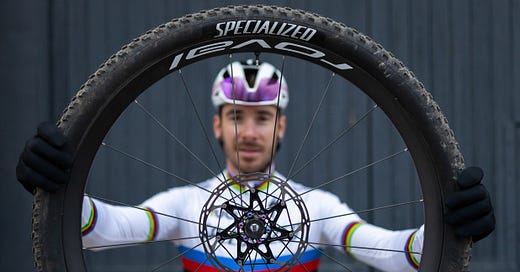


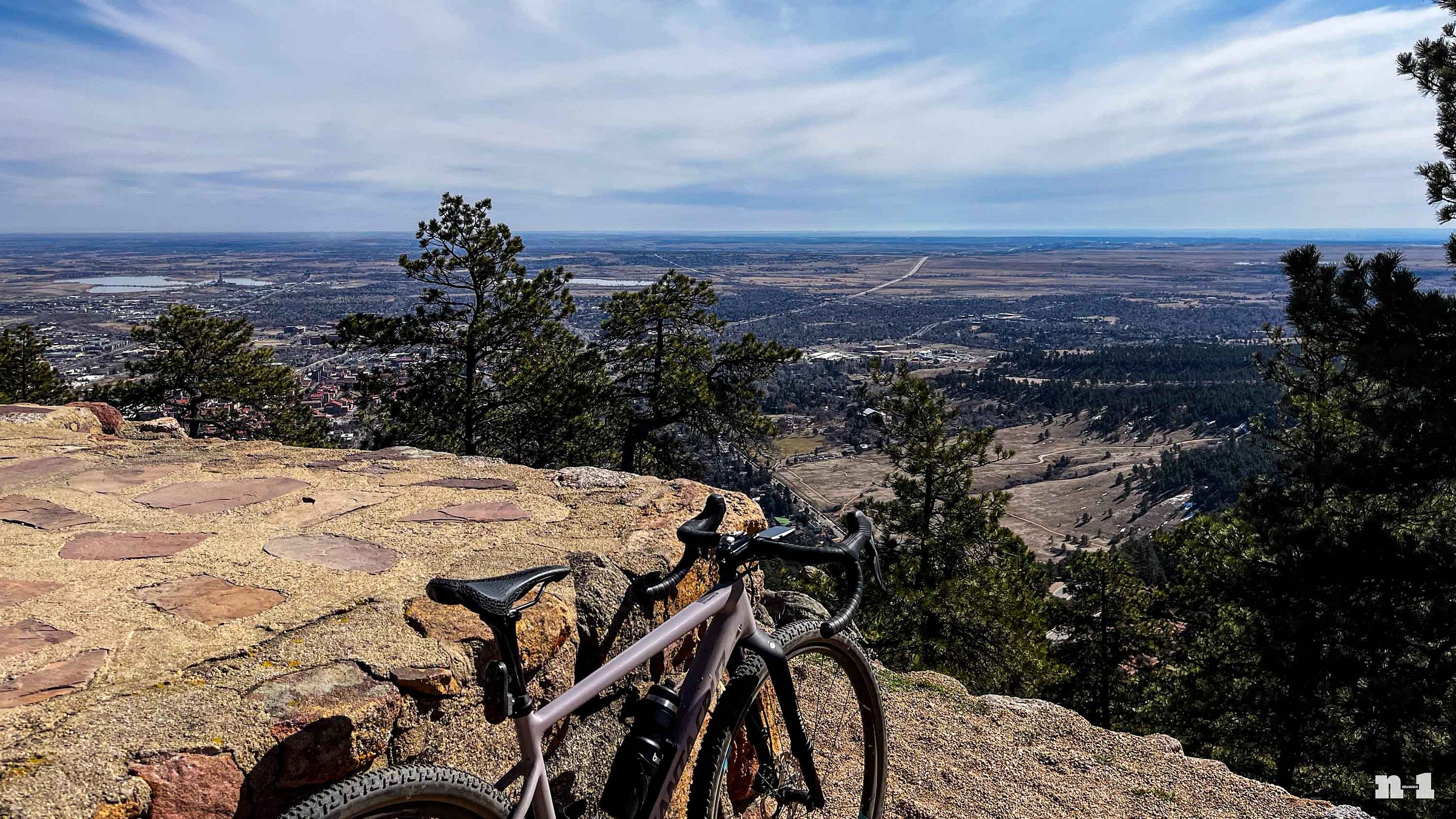



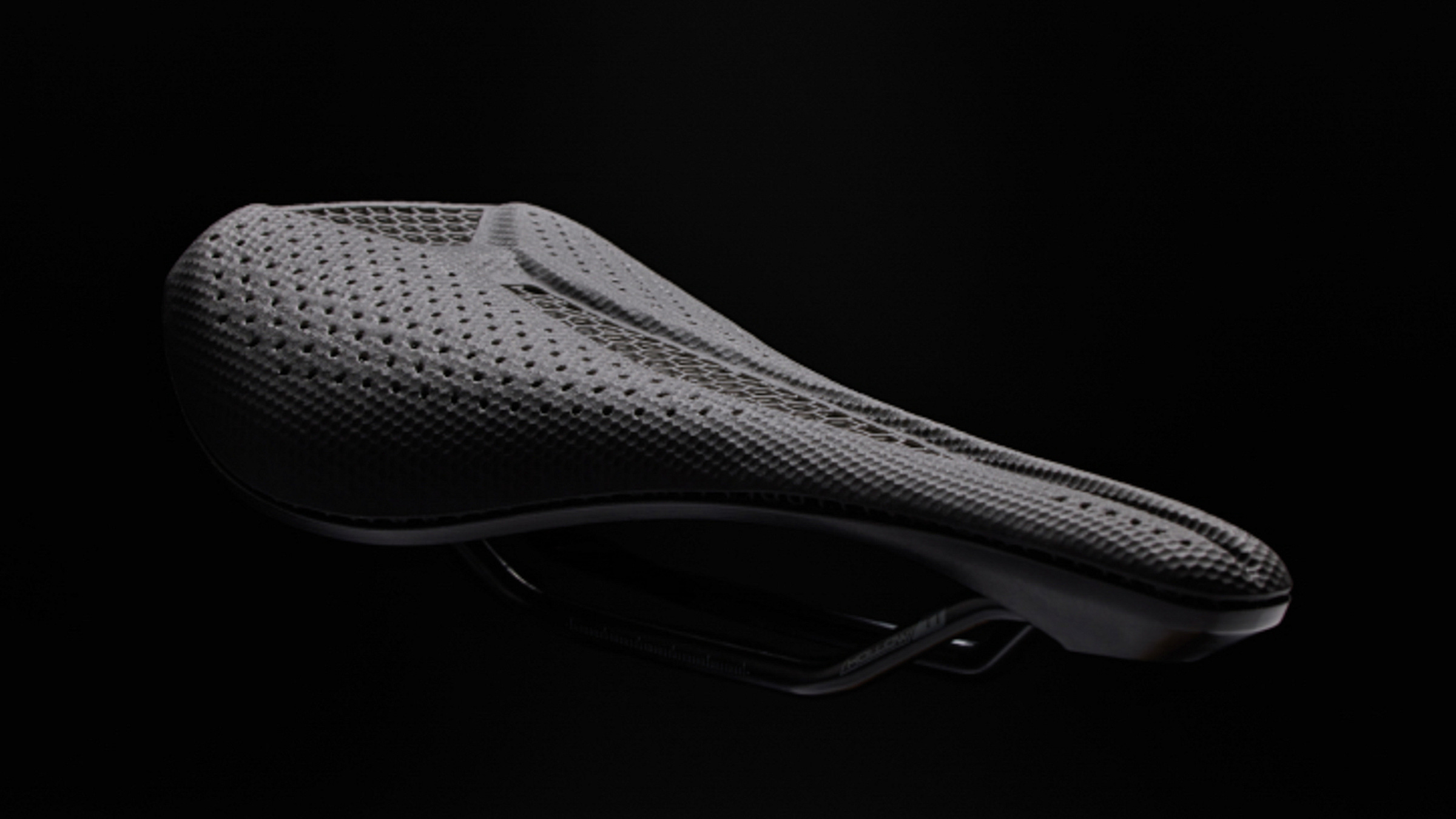
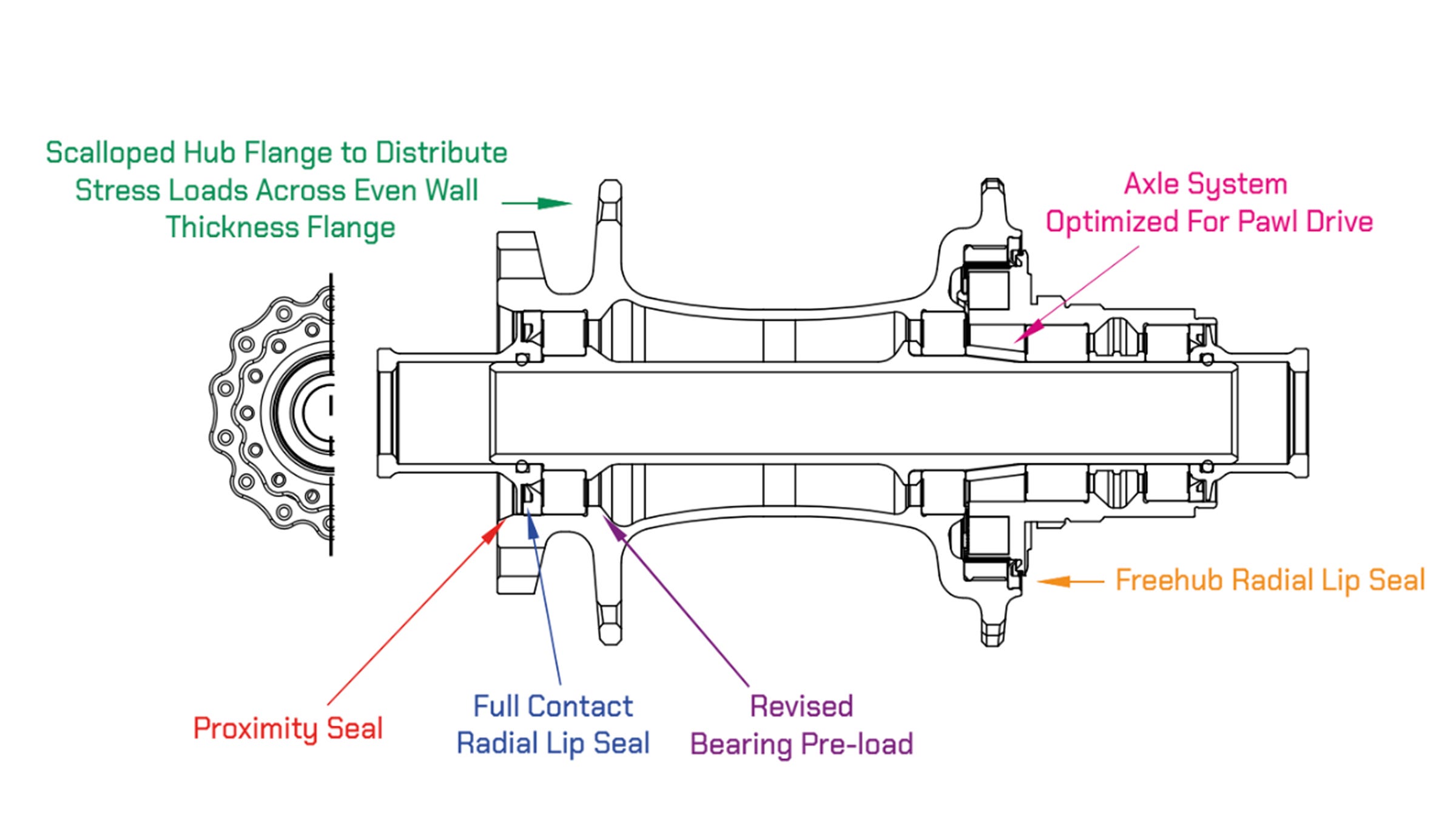

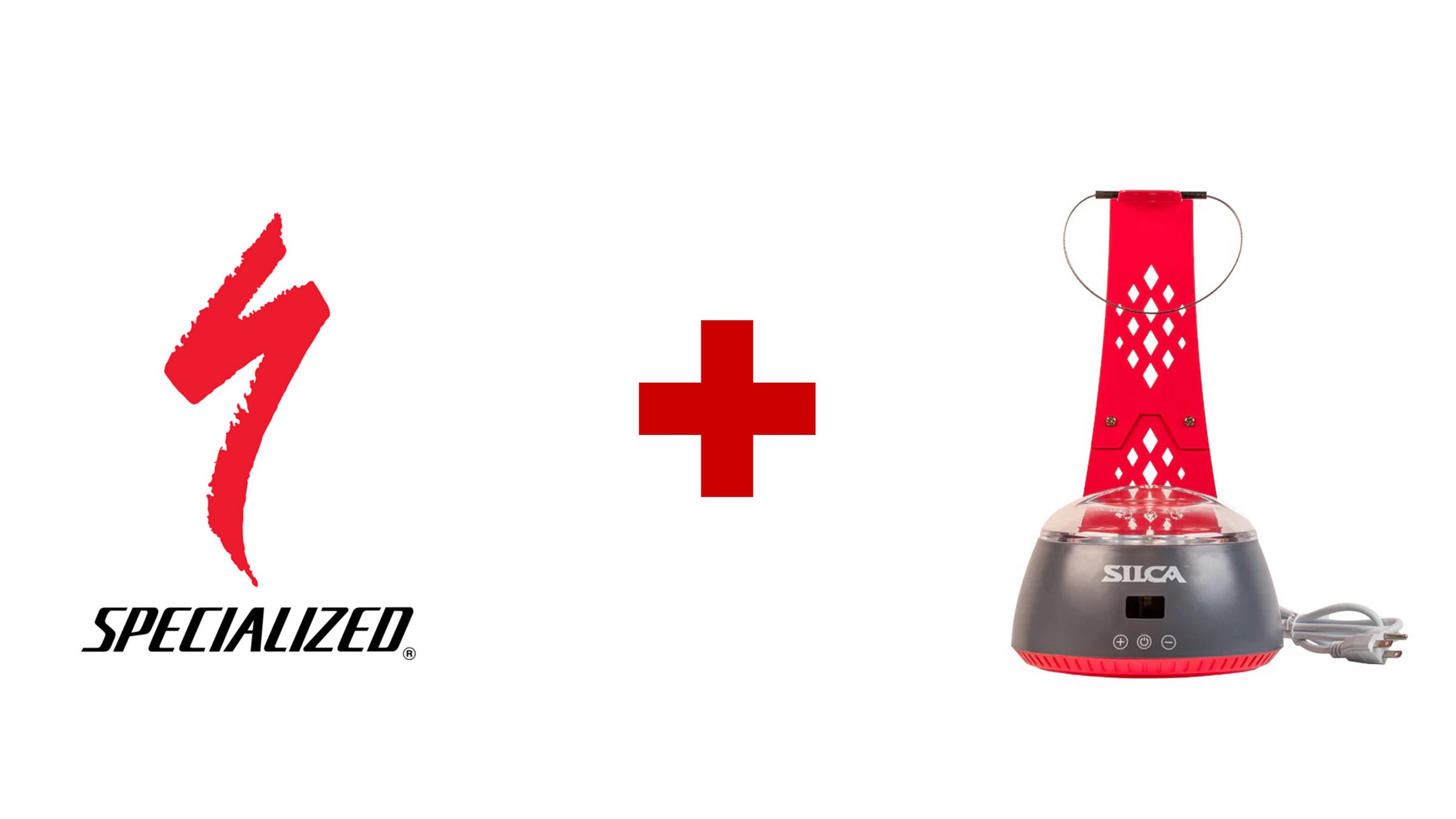
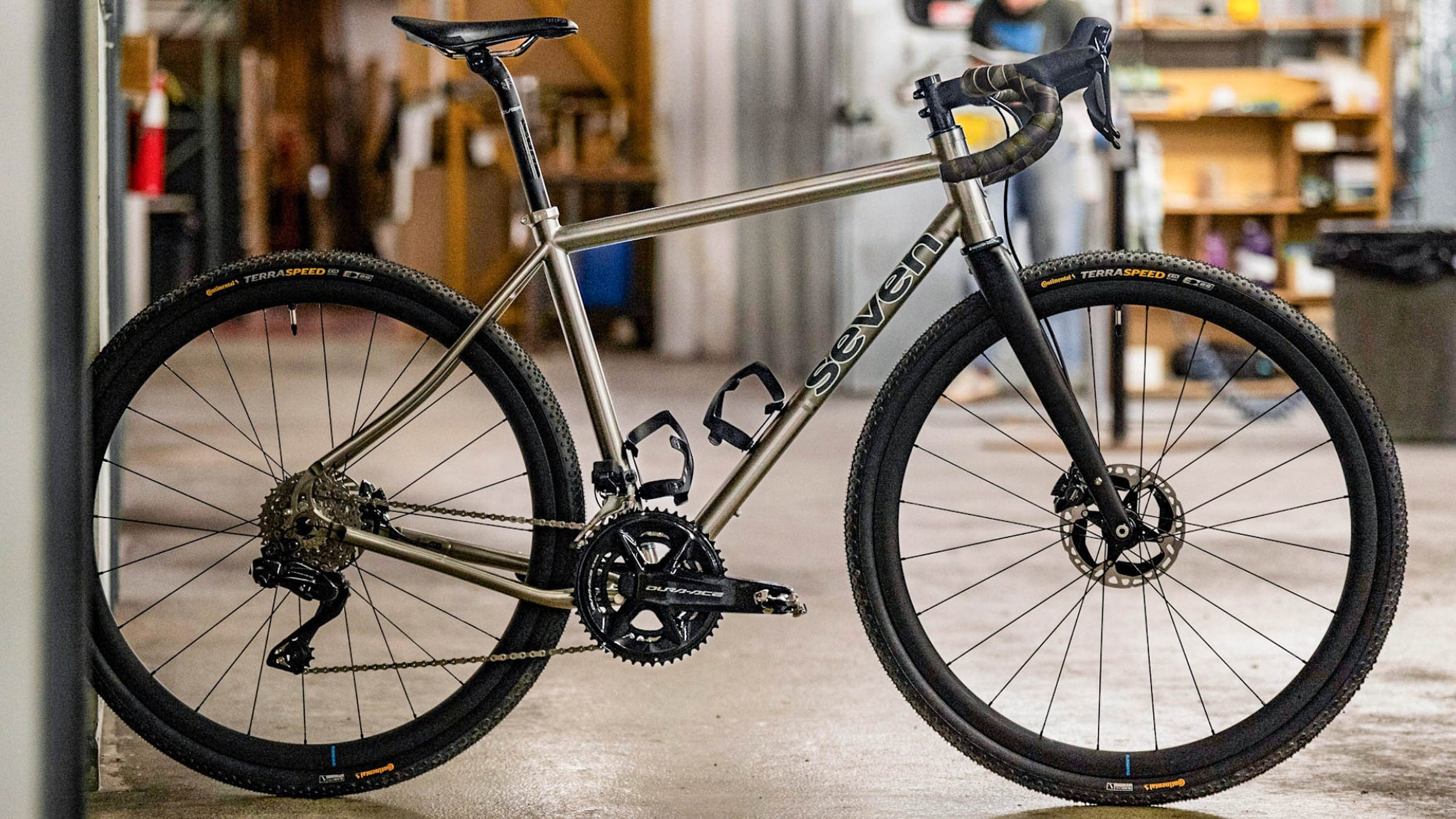
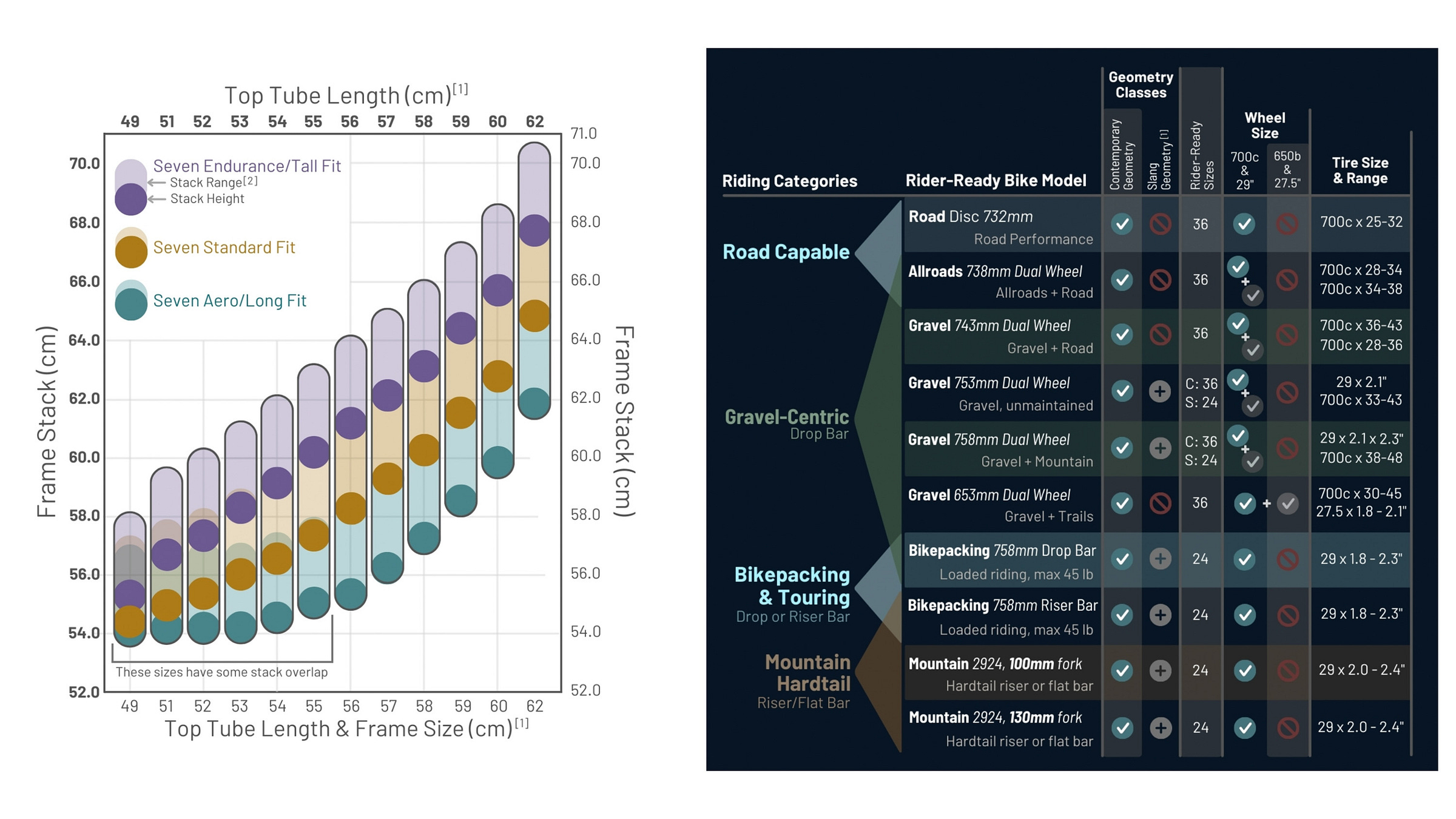

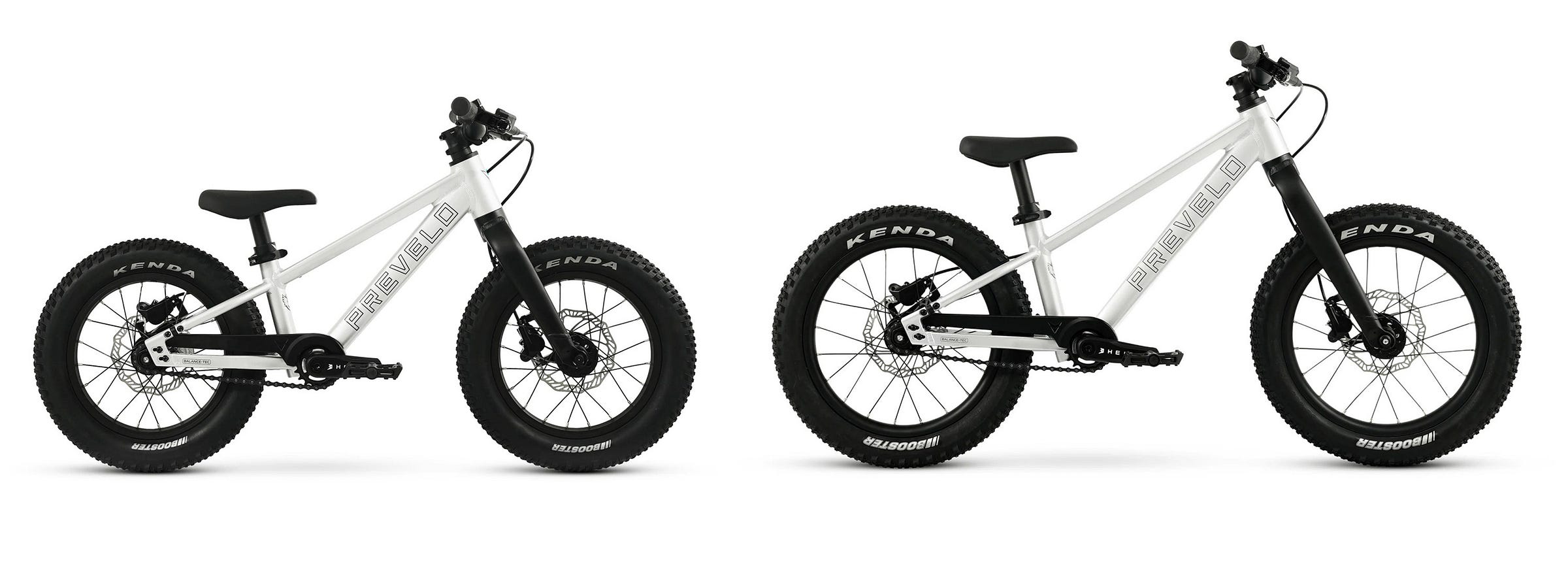


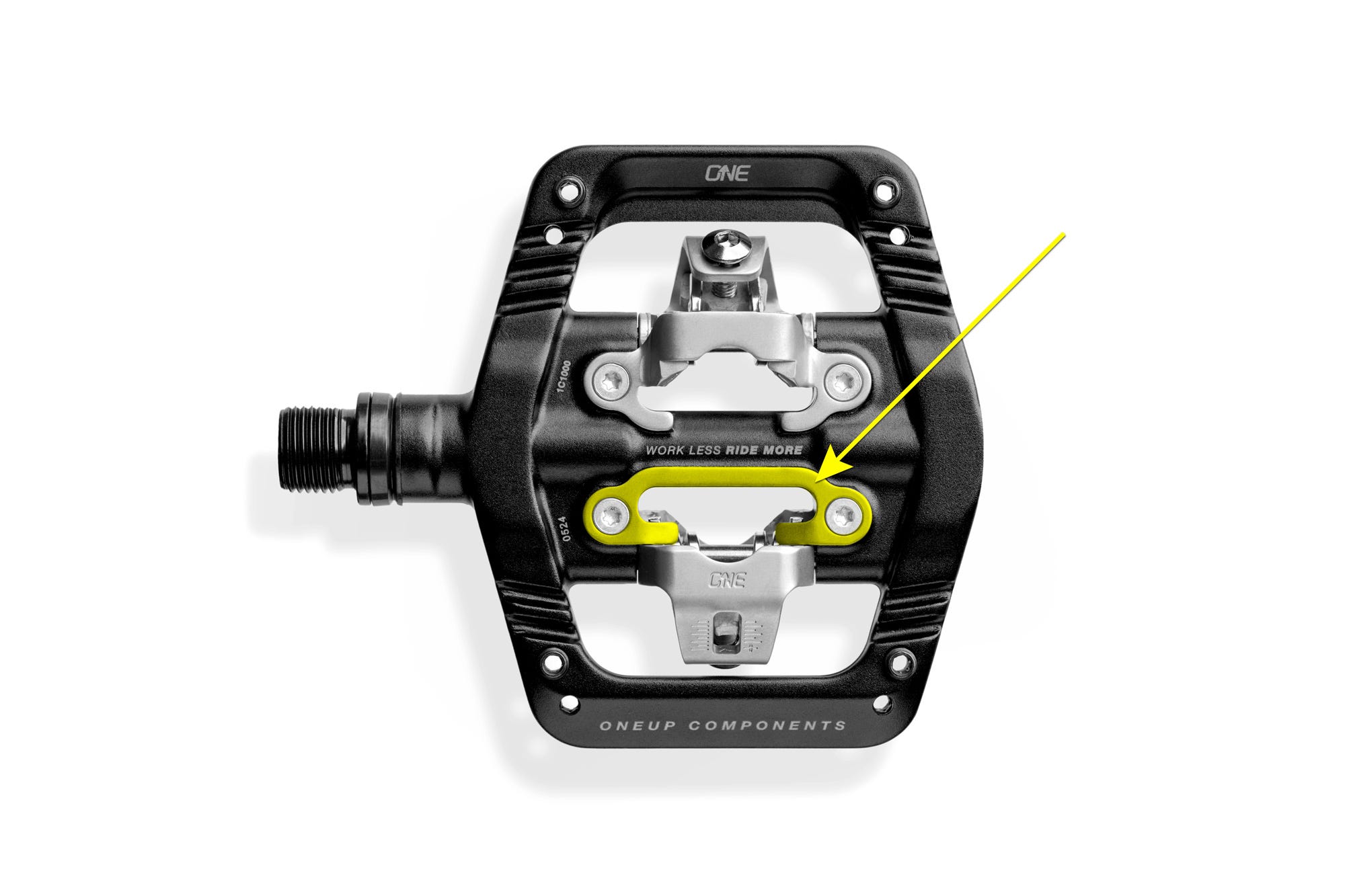

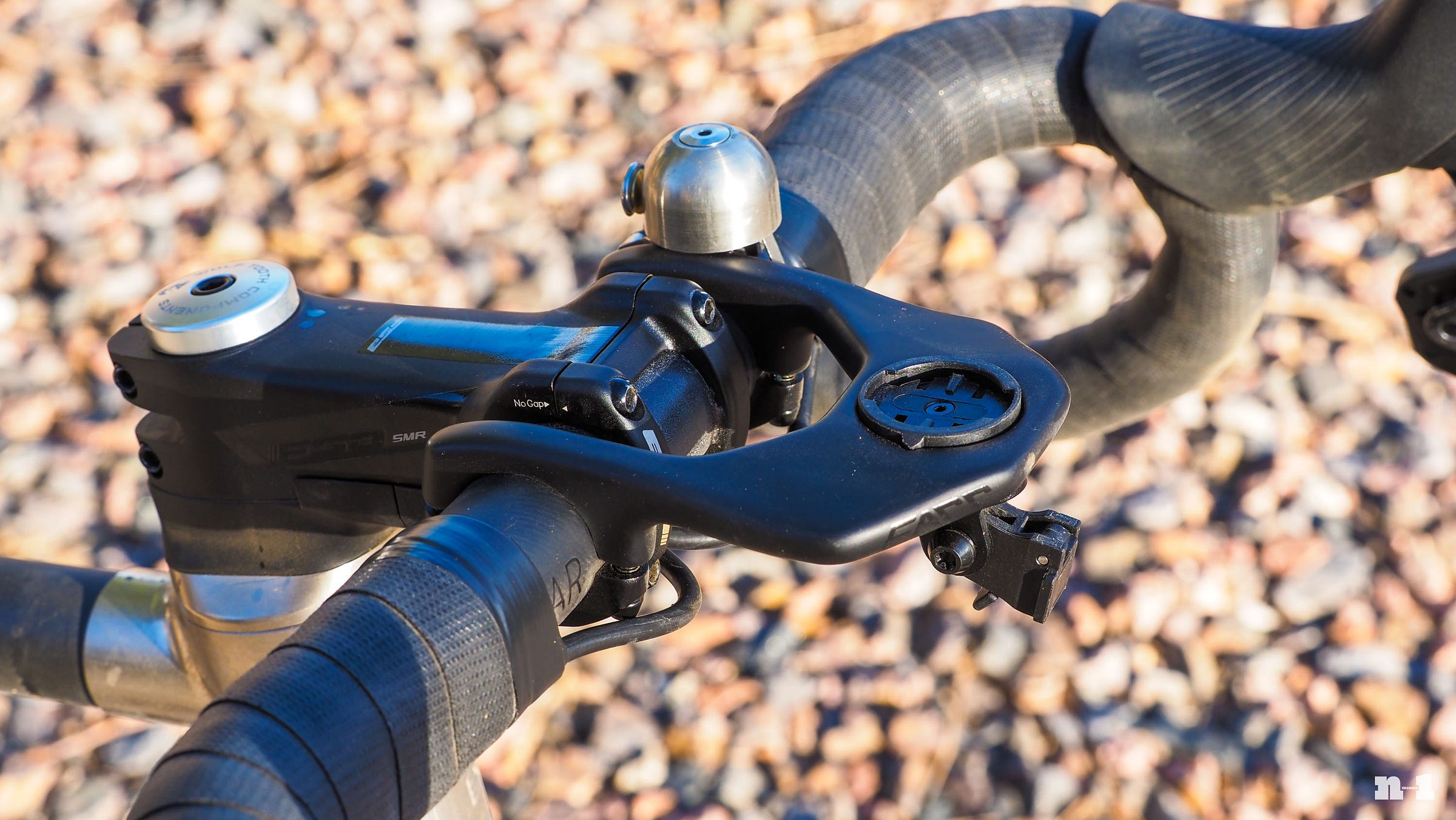
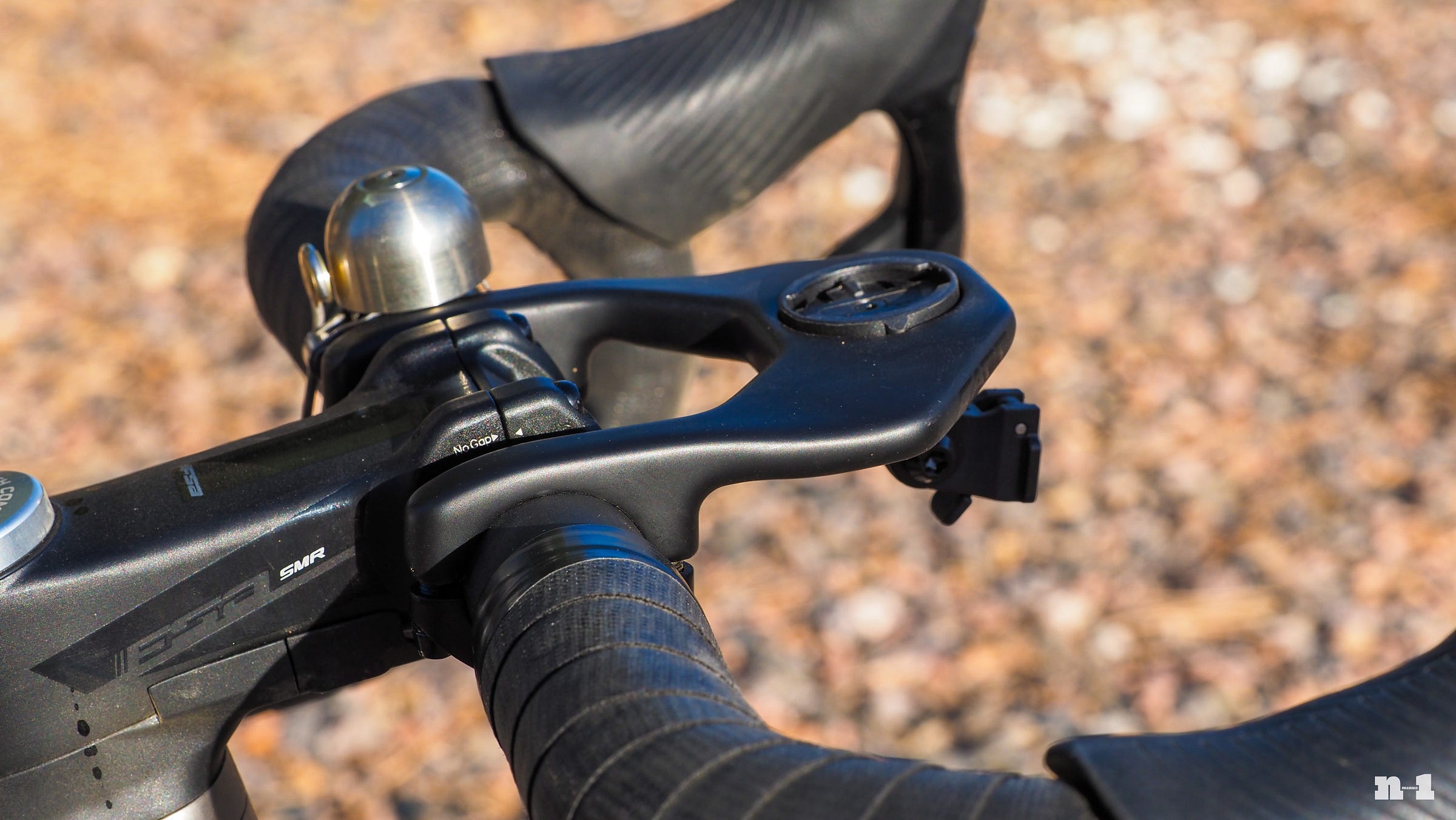
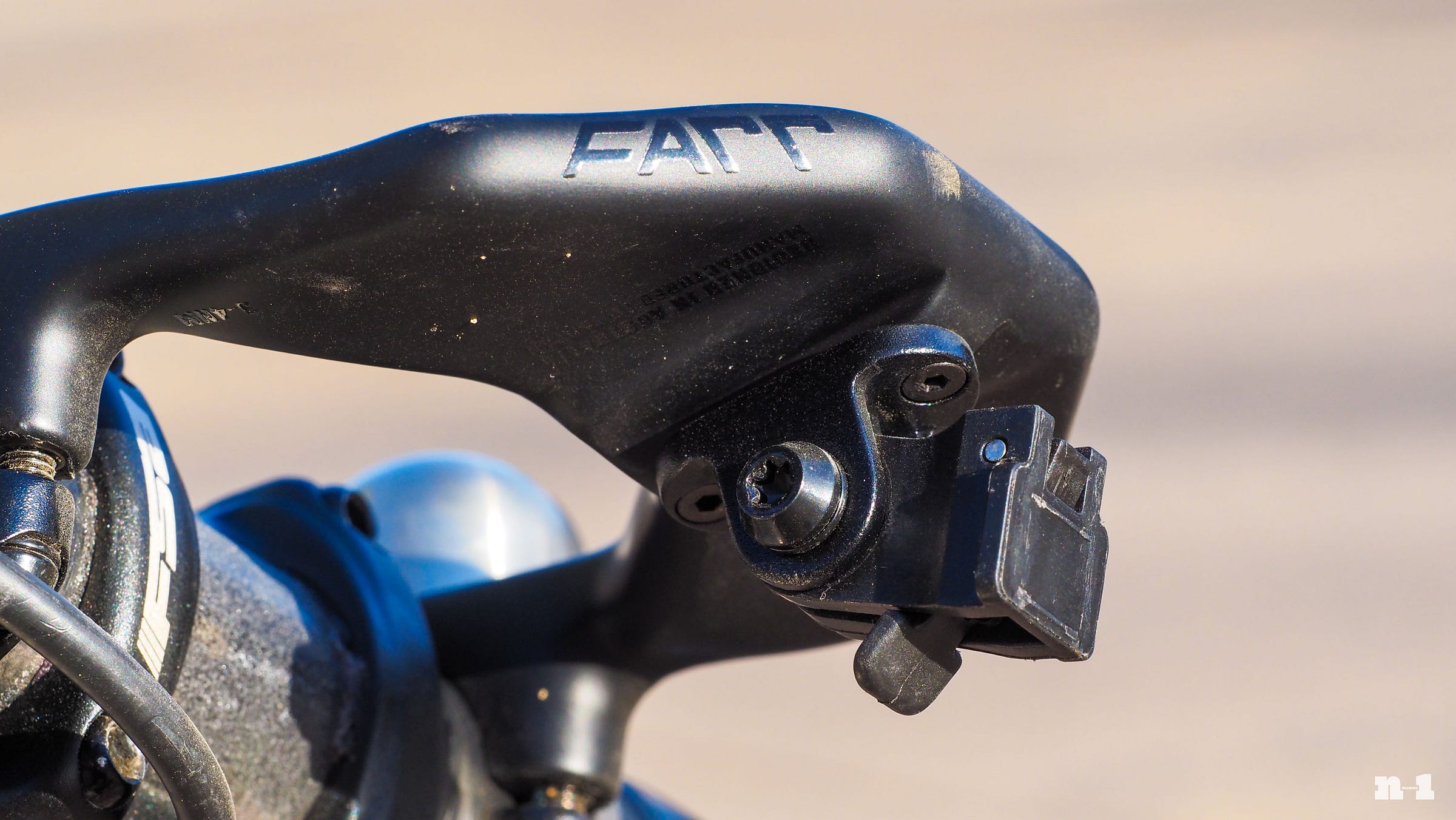
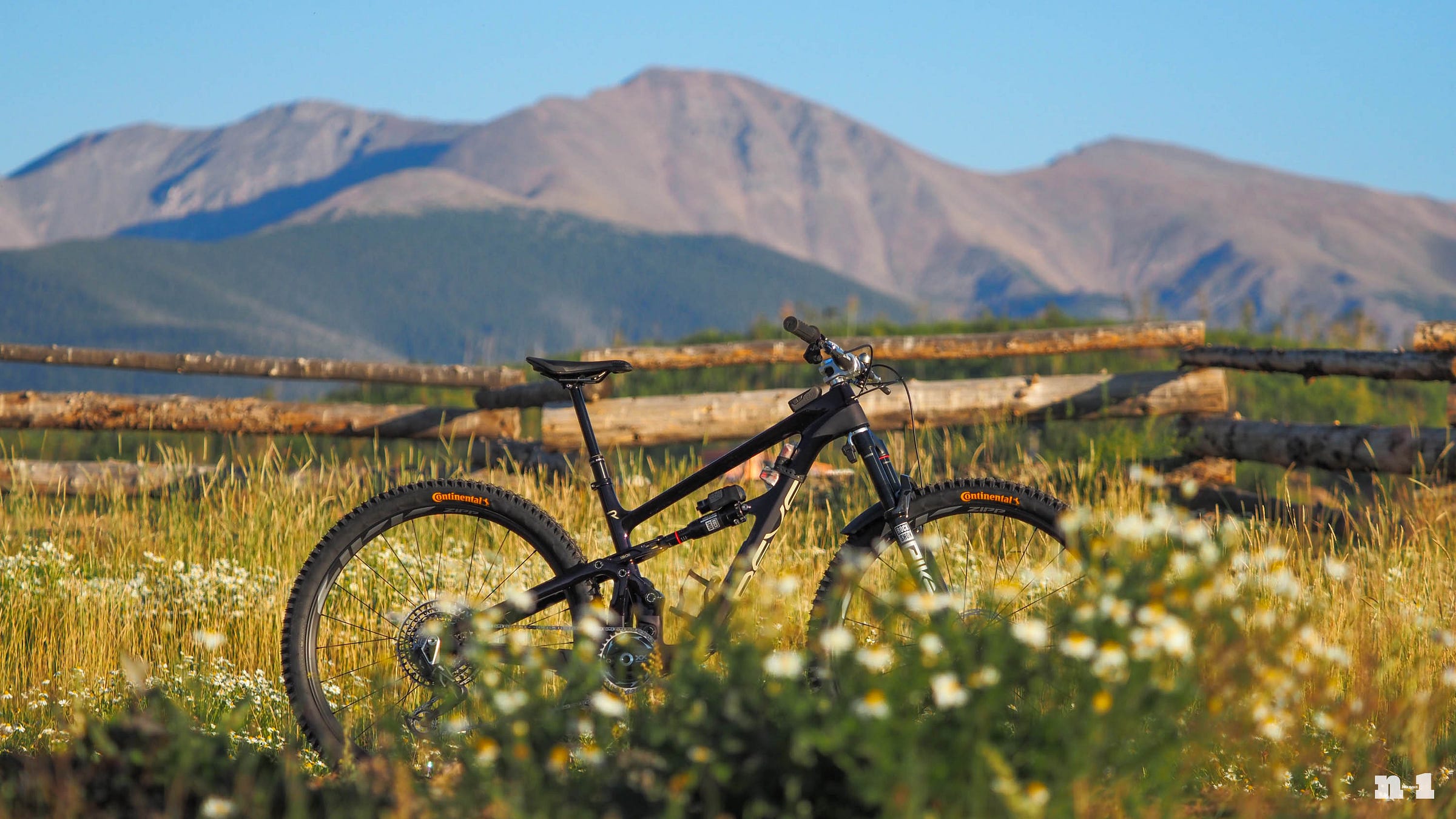
Reading news of Seven is like discovering some bands of the 90s you loved and almost forgot about are in fact still touring and releasing new albums.
Hey James, I was unaware of your new venture until I saw you today at the Philly Bike Expo. Too awestruck to say anything, I instead checked your Instagram, saw you had a new thing going, and instantly signed up. So great to have you back online!